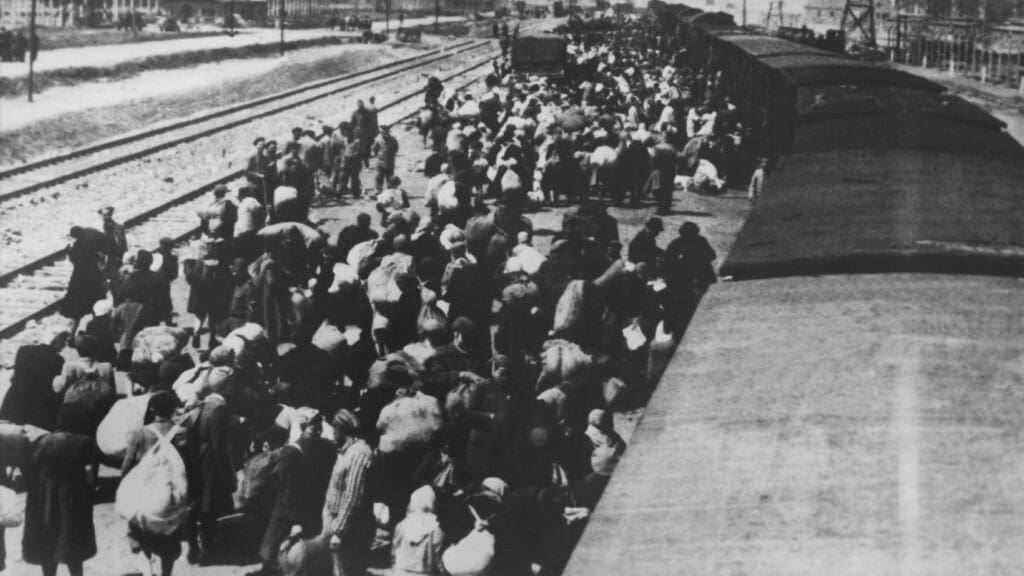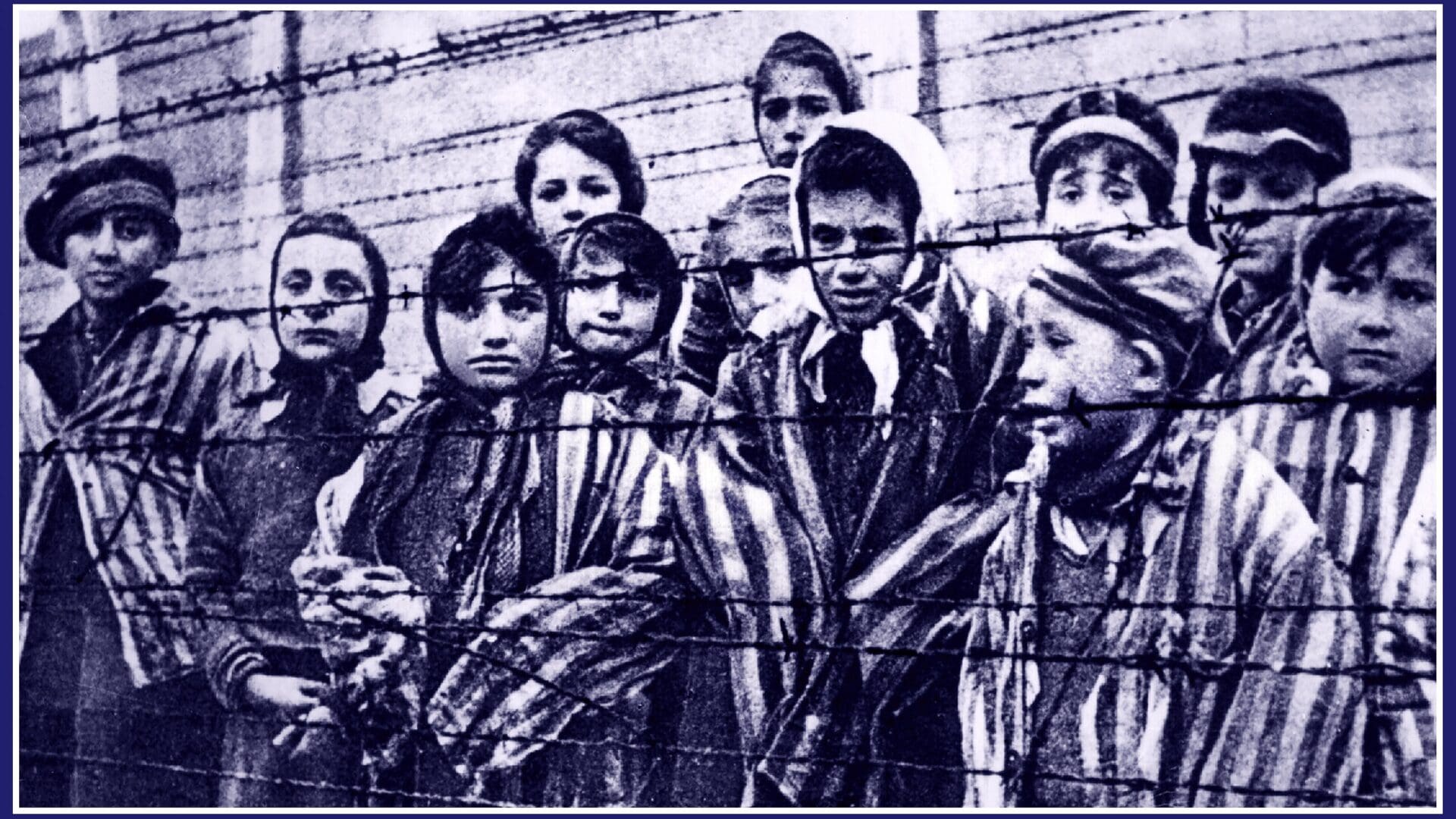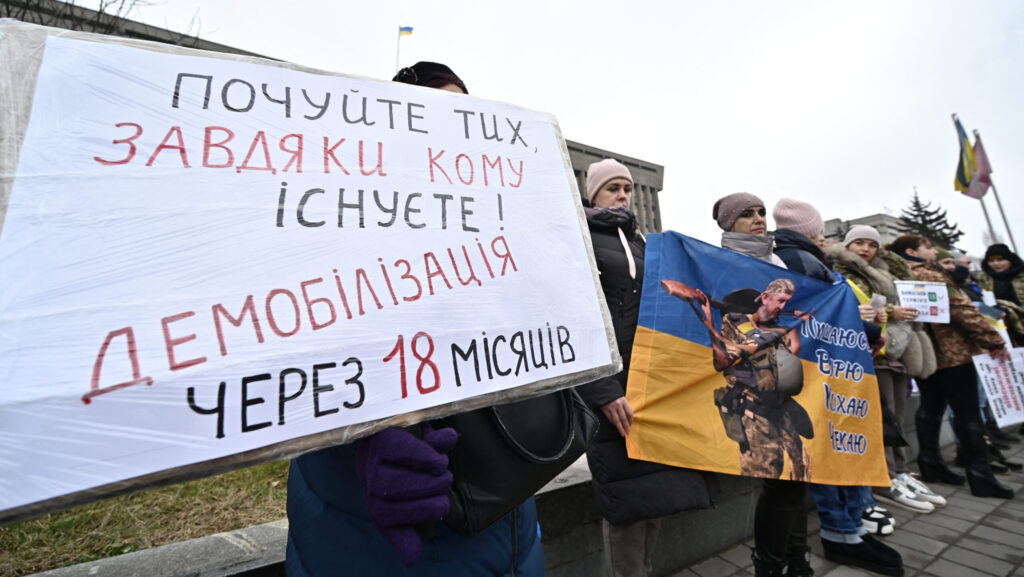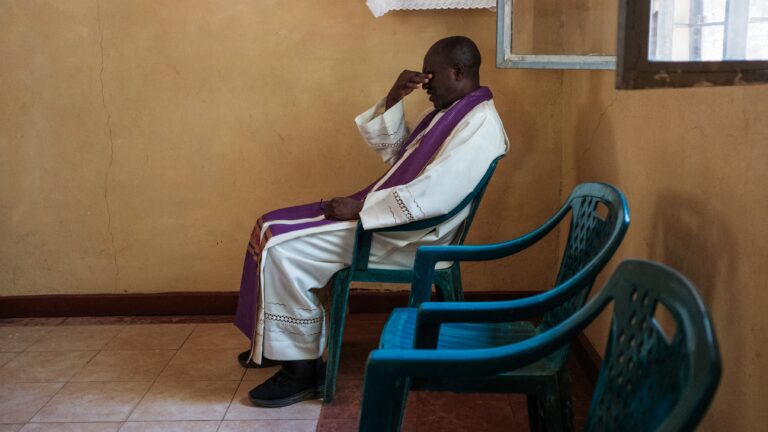Today, 27 January is International Holocaust Remembrance Day. The day marks the liberation of the Auschwitz concentration camp by the Soviet Red Army in 1945. Between 1933 and 1945, approximately two-thirds of Europe’s Jewish population, close to six million people were killed in the Holocaust. The overwhelming majority of those deported to the camps were Jewish, as the primary targets of racial laws and of the so-called Endlösung (‘Final Solution’) policy of Nazi Germany. However, hundreds of thousands of people belonging to other groups persecuted on racial or ideological grounds were also killed, including Roma, homosexuals, Jehovah’s Witnesses, communists and other opponents of the Nazi regime.
The liberating Soviet soldiers found only some 7500 prisoners still alive in Auschwitz, mostly women and children.
Today there is a memorial and museum on the site of the former Auschwitz–Birkenau extermination camp, the establishment of which was decided by the Polish parliament in 1947.
While Hungary also marks International Holocaust Remembrance Day, Hungary also has a specific national Memorial Day on 16 April, dedicated to the Hungarian Jewish victims of the Holocaust. 16 April reminds us of the date when in 1944 the Hungarian Jewry was moved into ghettos. The Hungarian Memorial Day was proposed by the first Orbán government in 2000, on the 55th anniversary of the liberation of the Budapest ghetto.
Preceding the interwar years, in Hungary Jews lived a free and emancipated life. The 1867 emancipation law granted full equality to Jewish Hungarians, and in 1895 the Jewish faith was acknowledged as a recognised religion in the Hungarian Kingdom, making Judaism equal to all other religions of Hungary. While the Austro-Hungarian years were characterised by a blooming Jewish culture as well as by the emancipation and extensive assimilation of the Kingdom’s Jewish population, after World War I the freedom of Jews started to be restricted in Hungary. In 1920, the so-called numerus clausus legislation restricted the proportion of Jewish students who could study at universities. The legislation stated that the percentage of students studying at universities from a minority background must not exceed the percentage of the same minority in the general population. This measure severely restricted access to higher education.
As the interwar period brough about a rise in antisemitism all across Europe, from 1938 on so-called Jewish laws were accepted in Hungary, further restricting the freedoms and liberties of Hungarian Jews. First, Jews’ access to high profile professions was limited, and later marriage between Jewish and non-Jewish citizens was restricted. With the beginning of the world war, the situation of Hungarian Jews further deteriorated. The first massacre of Hungarian Jews was committed on 27—29 August 1941 in today’s Ukraine – while not only Hungarian Jews were massacred, many of the 23 thousand executed were Hungarian Jews who were previously stripped off all their assets in Hungary due to their nationality. In 1944 further restricting measures were introduced on Jews and they were also required to wear the yellow star to distinguish them from the rest of the population. In April 28 1944 the Hungarian parliament accepted the legislation to move Hungarian Jews into ghettos. In reality, however, the ghettoization of Hungarian Jews started even before the legislation was accepted on 16 April 1944 (the day dedicated to the victims of the Hungarian holocaust). The first ghettos were created in the North Eastern Hungary, in towns like Berehove (Beregszász), Mukachevo (Munkács), Uzhhorod (Uzsgorod) and Nyíregyháza.

Soon after Hungarian Jews were moved to the ghettos, the country was occupied by Nazi Germany. Under Adolf Eichmann’s supervision, but with the participation of the Hungarian authorities, the deportations of Hungarian Jews started. The first wave of mass deportations started on 15 May 1944. Almost half million Hungarian Jews, most of them from the countryside, were deported and then killed in concentration camps. The deportations were stopped in July, but restarted under the Arrow Cross rule in November and December. The Budapest ghetto was liberated on 18 January 1945, while the deported Hungarian Jews were liberated during the spring of 1945.
Hungary’s only Nobel Prize laureate in literature, who survived the Auschwitz and then the Buchenwald camps at the age of 14, received the award for his 1975 novel Fatelessness (Sorstalanság). The book follows the story of a Jewish Hungarian teenager, György Köves witnessing his family’s deportation to Auschwitz, then two weeks later finding himself in the same concentration camp. The novel documents the boy’s life in the camp and the vacuum he finds when returning to those who have never left.








